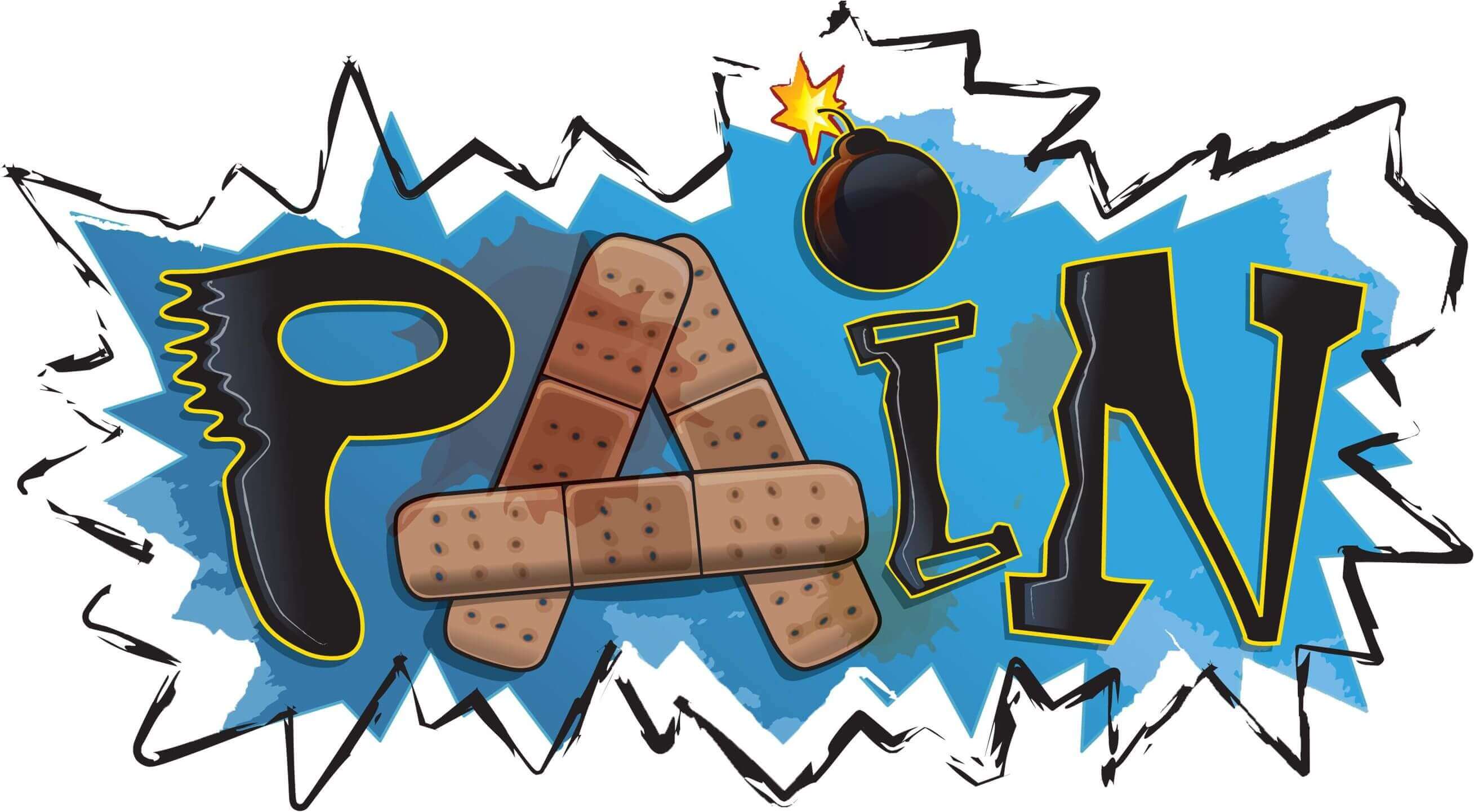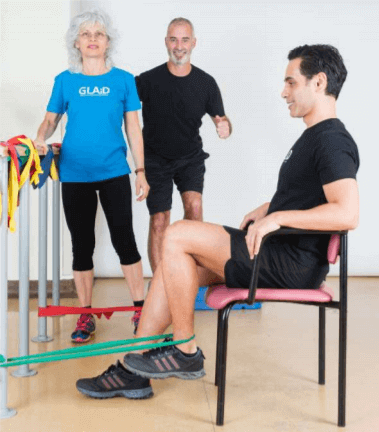I can’t exercise because I have knee/hip/back arthritis! Let’s re-think and re-phrase Osteoarthritis!
Introduction
As we all know, OsteoArthritis (or simply Arthritis) is one of the most disabling conditions around the globe1. It mostly affects joints such as knees, hips and lower back, leading to a decrease in physical activity levels, most of the times down to uncertainty on whether exercising is good, or if it will make things worse instead.
Re-Phrase And Re-Visualise
 Management Of Osteoarthritis – NICE guideline
Management Of Osteoarthritis – NICE guideline
The NICE(National Institute for Health And Care Excellence) Guidelines4 recommend we “offer accurate verbal and written information to all people with Osteoarthritis to enhance understanding of the condition and its management, and to counter misconceptions, such as that it inevitably progresses and cannot be treated. Ensure that information sharing is an ongoing, integral part of the management plan rather than a single event at time of presentation”.
Osteoarthritis as a “Multi-Factorial Experience”
As human beings, we can’t be separated from our personality, our memory of painful events that happened to us. People we know or from our beliefs/expectations and all these factors contribute to the creation of an image of what’s going on inside the joint or area that hurts. This is why we describe pain as a multi-factorial experience.
So, it’s important to talk with health care professionals whose knowledge and information on up-to-date evidence. We can learn more about these conditions and understand what they mean in terms of function. And the impact we should expect from it on our daily activities.
Osteoarthritis as a “Degenerative Process Of The Joint”
It’s important to see Osteoarthritis as a “degenerative process of the joint”, as in a normal change in the function of the cells of the knee structures. It may happen to all of us at some point and that doesn’t have to be painful. Instead of an abnormal change of the shape and structure of the knee that is always associated with pain and dysfunction. It’s also time to completely ditch “wear and tear”, “bone on bone” terminology because it is only going to make your pain and condition worse.
Scan Can Mislead Sometimes
Imaging studies have shown both:
- People with Osteoarthritis symptoms without significant differences from normal on a xray.
- People with severe Arthritis who don’t really present with significant symptoms.
Exercise is the best thing for your Arthritis Symptoms

Studies7,8, show that the physical loading of the knee actually reduces the inflammatory response in the cartilage. It would be responsible for pain in the joint surroundings. So, physical activity, as long as in an adequate level and modality, actually decreases pain in the long term.
Strong evidence from more than 50 randomised controlled trials supports the efficacy of exercise. International guidelines recommend exercise, education and weight-loss as strong actors in the management of Osteoarthritis. However, to date, despite all this evidence, they are not used to their full potential in the rehab of knee arthritis with or without menisci injury. Even though they are non-farmacological and non-invasive components of rehab1 and therefore be able to reduce the economical and disability burden associated with arthritis.
Conclusion
So, what we propose is that after sharing this evidence-based information with you and by knowing better some processes related with pain and arthritis. You become empowered and take the reins of your lifestyle and symptoms, by being proactive about your pain and limitations. If this is hard to do on your own and you need some guidance and motivation, we’re here to help you achieve the potential there is in you.
You just need to take that first step!
Follow us on the next article as we explore some evidence-based exercises that have been showed to improve pain, potentiate daily activities, reduce intake of painkillers and sick leave, improving quality of life.
References:
- Skou and Roos, Good Life with osteoArthritis in Denmark (GLA:D™): evidence-based education and supervised neuromuscular exercise delivered by certified physiotherapists nationwide, BMC Musculoskeletal Disorders (2017) 18:72 DOI 10.1186/s12891-017-1439-y
- Ritter A, Franz M, Puta C, Dietrich C, Miltner WH, Weiss T. Enhanced brain responses to pain-related words in chronic back pain patients and their modulation by current pain. Healthcare (Basel). 2016 Aug 10; 4(3)
- Swannell ER, Brown CA, Jones AKP, Brown RJ. Some words hurt more than others: Semantic activation of pain concepts in memory and subsequent experiences of pain. J Pain. 2016; 17: 336–349
- National Institute for Health and Care Excellence, Osteoarthritis: care and management [Internet]. [London]: NICE; 2008 [updated 2014 Apr; cited 2019 October 19]. (Clinical guideline [CG177]).
- Moseley, G.L., 2007, ‘Reconceptualising pain according to modern pain science’, Physical Therapy Reviews 12(3), 169–178. https://doi.org/10.1179/108331907X 223010
- Wann A., Knight M. Primary cilia elongation in response to interleukin-1 mediates the inflammatory response. Cell Mol Life Sci. 2012; 69:2967–2977
- Fu S., Thompson C. L., Ali A., Wang W., Chapple J. P., Mitchison H. M., et al. (2019). Mechanical loading inhibits cartilage inflammatory signalling via an HDAC6 and IFT-dependent mechanism regulating primary cilia elongation. Osteoarthr. Cartilage. 27 1064–1074. 10.1016/j.joca.2019.03.003
